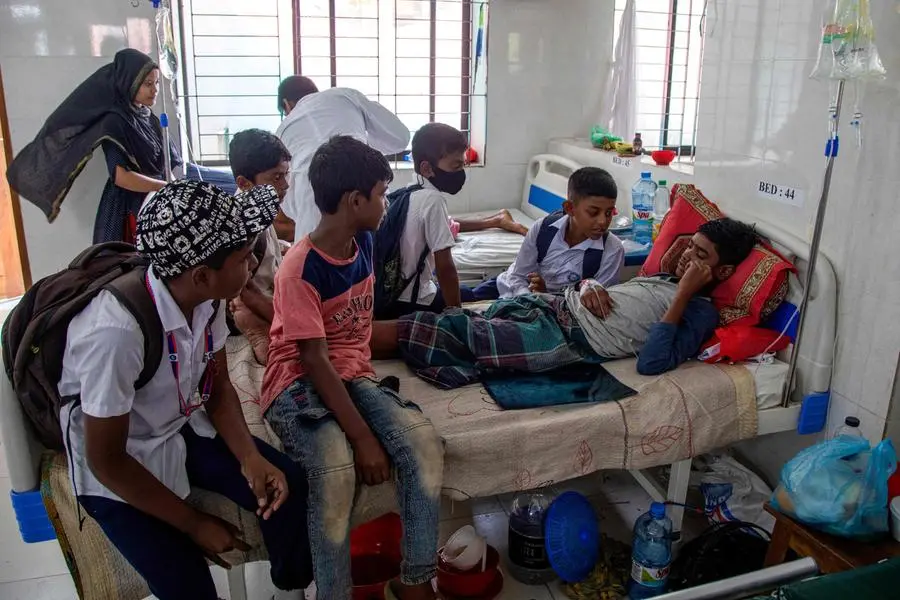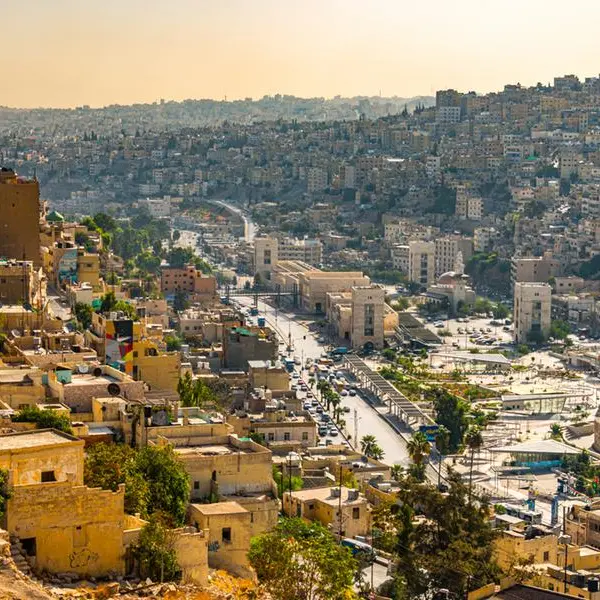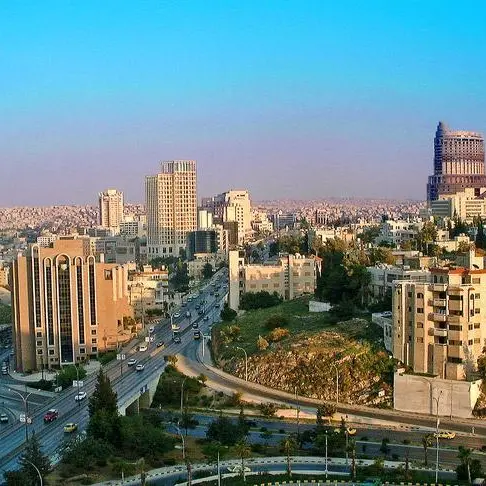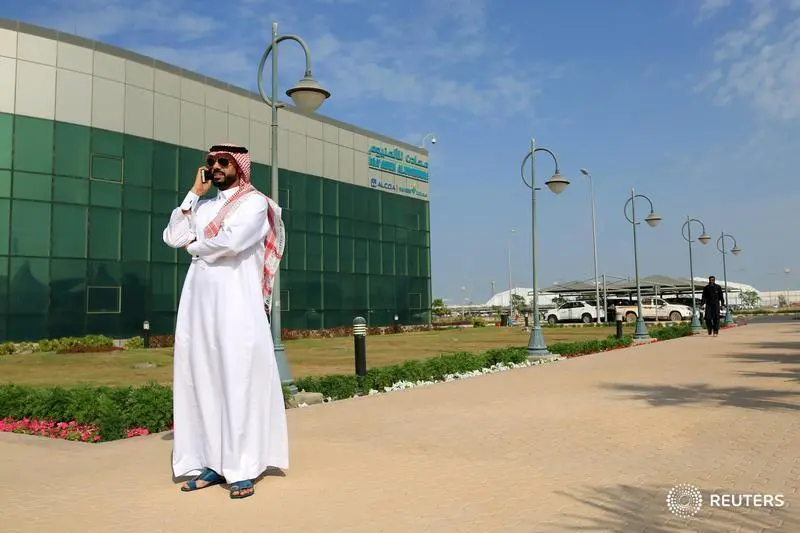PHOTO
Bangladesh is struggling to tamp down a surge in dengue cases as climate change turns the disease into a year-round crisis, leaving some paediatric wards packed with children squeezed two to a bed.
The Aedes mosquito that spreads dengue -- identifiable by its black and white striped legs -- breeds in stagnant pools, and cases once slowed after the monsoon rains faded.
"Normally, around this time, we would expect the flow of patients to ebb," said Fazlul Haque, walking through a ward crowded with dengue patients at Dhaka's Shaheed Sohrawardi Medical College.
"For the last three weeks, the number of dengue cases has been increasing".
"We get dengue patients almost every month," said Sabina Tabassum Anika, the doctor running the children's dengue ward.
"With cases higher than previous months, we're assigning two children to each hospital bed to accommodate them."
Last month, Bangladesh recorded 134 deaths from dengue, the deadliest month this year, taking the total in 2024 to 326.
Cases are lower than last year, when more than 1,000 died, but dengue deaths are now being recorded nearly every month, medics say.
More than 65,000 cases had been recorded at the start of November. Severe cases can trigger bleeding, internally or from the mouth and nose.
The World Health Organisation has warned of the "alarming" spread of the virus, with reported cases worldwide approximately doubling each year since 2021.
More than 12.3 million cases, including more than 7,900 deaths, were reported in the first eight months of 2024.
Sheikh Daud Adnan, from the Communicable Disease Control (CDC), said efforts should be made to destroy larval sites.
"Too often, we delay and act only after an outbreak", Adnan said.
"People still don't fully believe that dengue can strike any time of the year, often mistaking it for a seasonal fever."





















